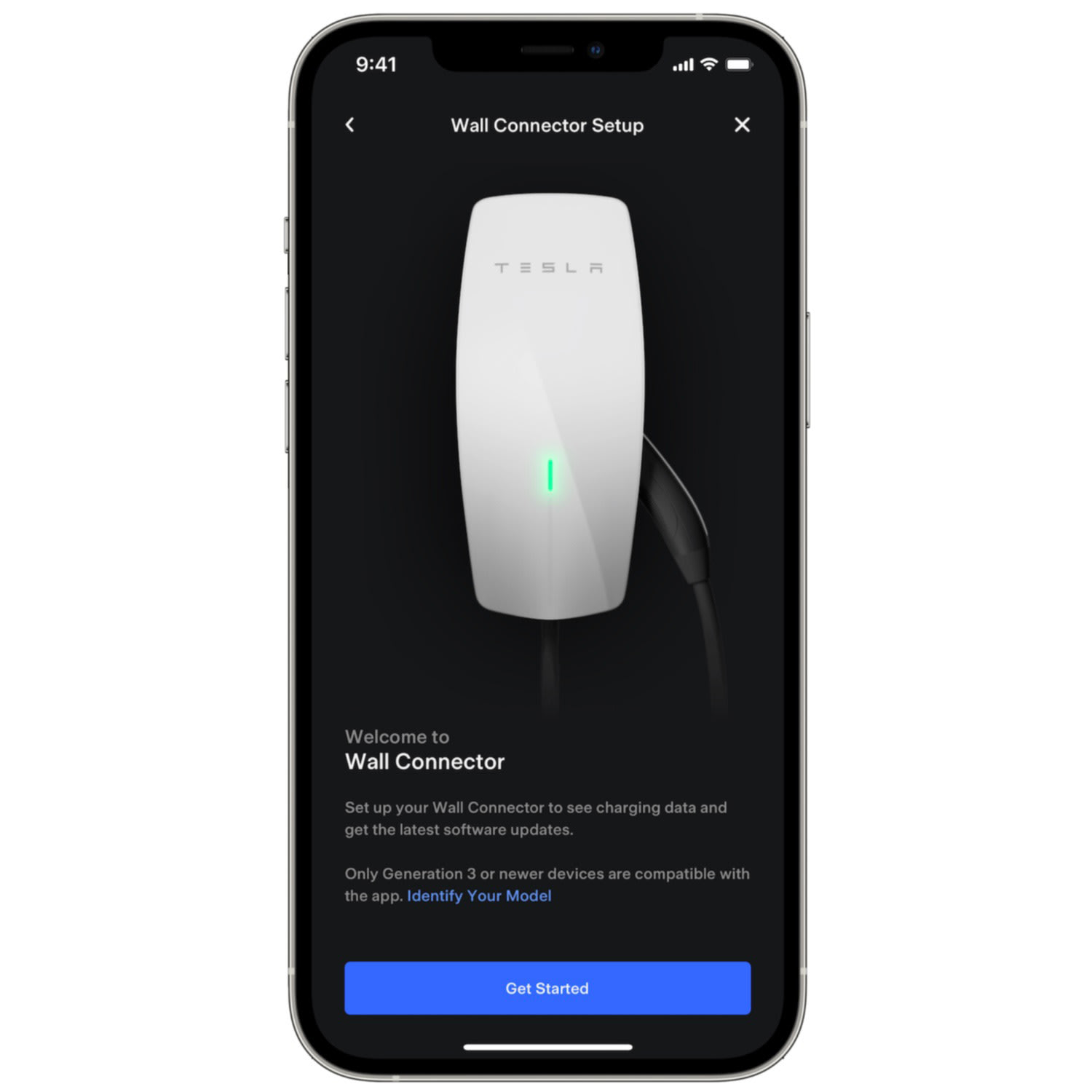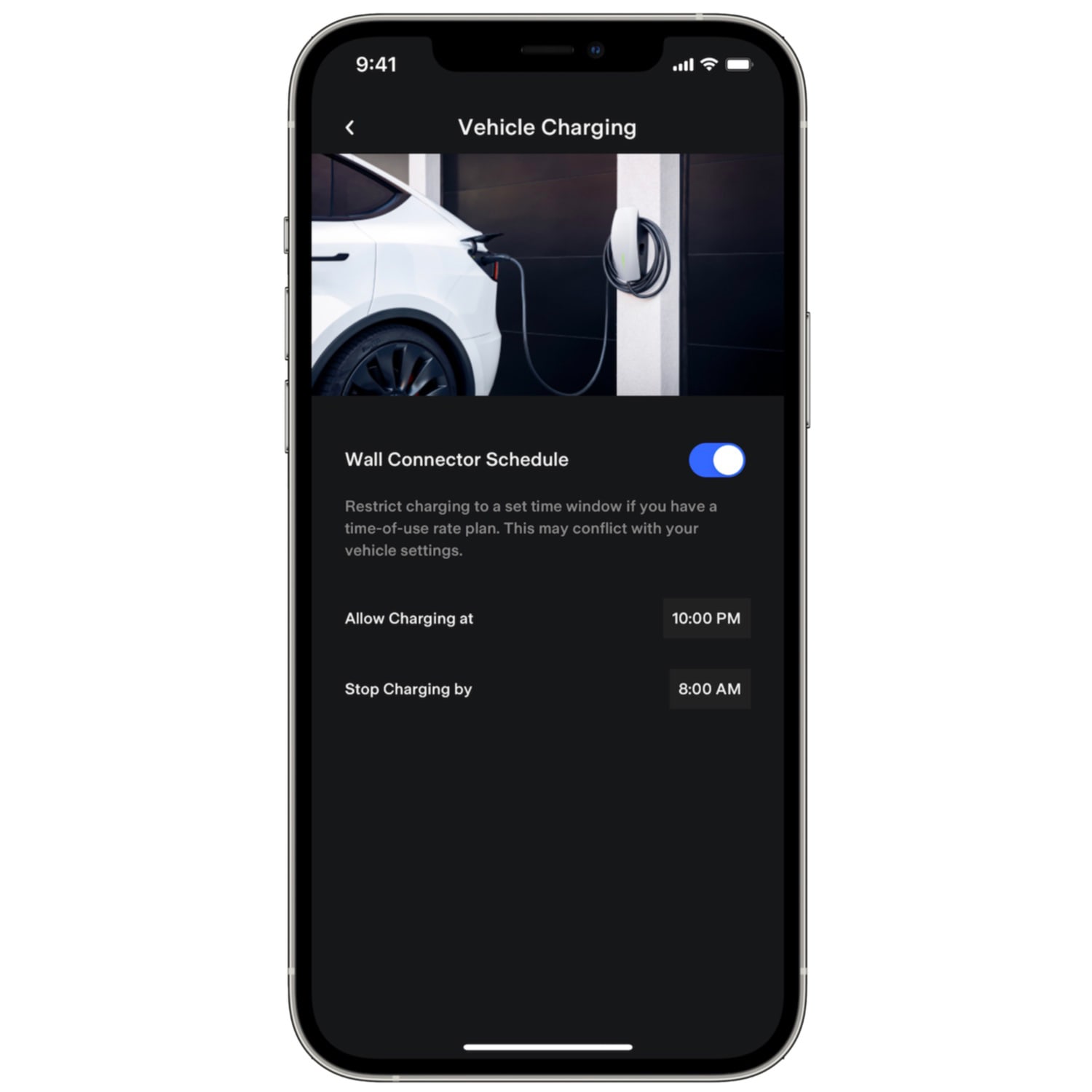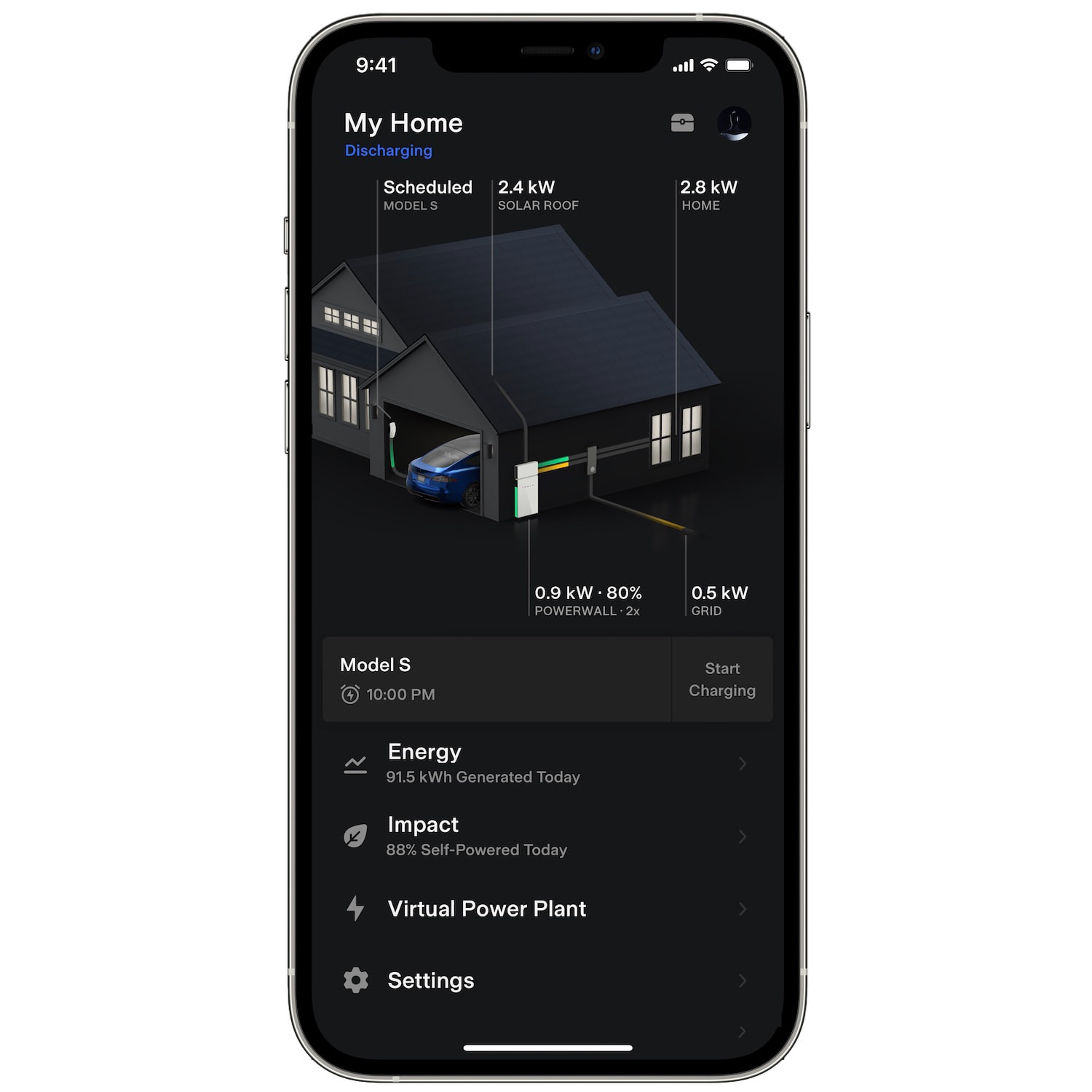Tesla Home Charging
Charging your electric vehicle at home is convenient and cost-effective. By setting up an EV home charger, you can simply plug in where you park and utilize low overnight utility pricing during off-peak hours.
Follow the steps below to successfully install and experience Tesla home charging.
- Review Options
- Consult an Installer
- Order Equipment
- Install Charging
- Plug In and Charge
There are a range of equipment options to keep your electric vehicle charged at home. Consider your daily driving habits, where you park every night and what kind of vehicle you own; then, review your options below.
| Mobile Connector | Wall Connector |
|---|---|
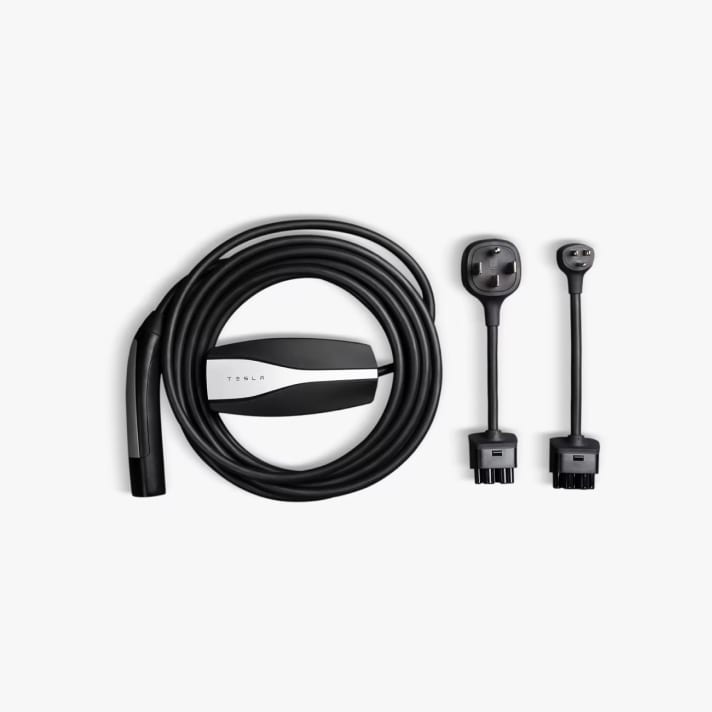
|
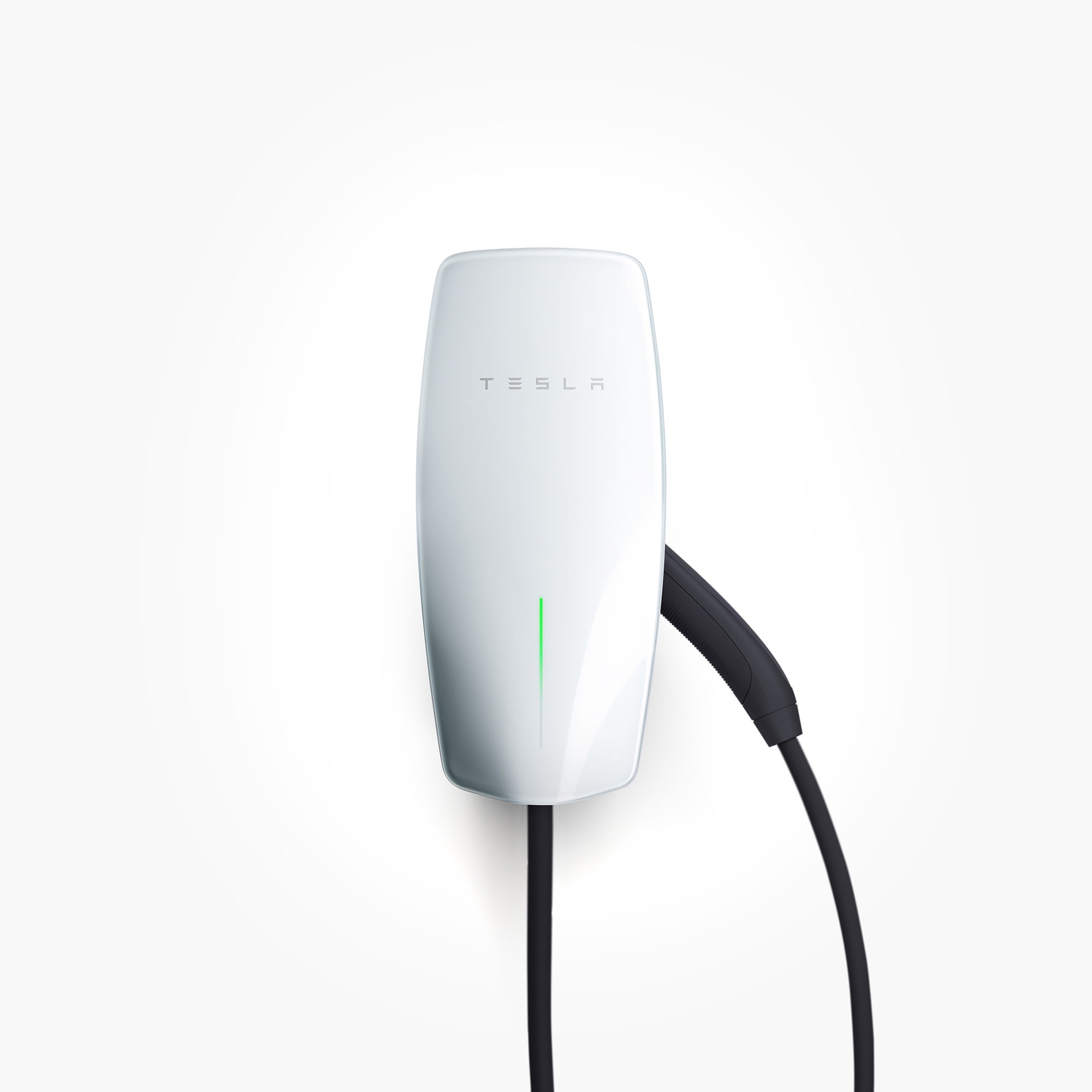
|
| Portable, convenient charging at any location | Optimal, fast charging |
|
All EVs Vehicle Compatibility |
All EVs Vehicle Compatibility |
|
7-44 km/h1 Charge Speed |
Up to 71 km/h1 Charge Speed |
|
6m Cable Length |
7.3m Cable Length |
|
Indoor/Outdoor Environment |
Indoor/Outdoor Environment |
|
X Tesla App |
✓ Tesla App |
|
✓ Portable |
X Portable |
Tesla trains Certified Installers who specialize in electric vehicle charging. These installers can help select the best charging option for your home, provide an installation quote and install your product.
To find an installer in your area, enter your address or zip code in the Find a Certified Installer tool. You can expect your installer to include the standard items below in your installation price, as well as additional items for more complex installations.
Standard
- Professional installation service and materials
- Electrical permit
- Inspection
- Installation warranty
Additional
- Long wire run (distance from electrical panel to installation site)
- Additional electrical panel
- Dynamic Power Management
- Trench (underground wires)
- Main panel upgrade
- Pedestal installation
- Hiding cables behind walls
To purchase your home charging equipment, visit the nearest Service Center.
In some cases, you can purchase your home charger directly from a Tesla Certified Installer. When you schedule your installation, ask if this option is available.
We recommend scheduling your installation prior to your vehicle delivery; this allows you to start charging immediately once you’ve received your vehicle.
Installation can take up to several hours, depending on the configuration of your charging setup. Always test your home charging equipment with your installer to ensure it’s working properly.
Installation Resources
After installation, you can enjoy the full benefits of Tesla home charging.
With a Wall Connector and its Wi-Fi connectivity, you can control and manage charging through the Tesla app, even for other electric vehicles. You can also see charging stats, set access controls and get remote diagnostics in case something goes wrong.
With a Mobile Connector, you will need to use your vehicle touchscreen and Tesla app to manage and control charging.
1 Refer to Wall Connector and Mobile Connector charging speed tables for Tesla vehicles. Charging speeds for other electric vehicles will vary.
